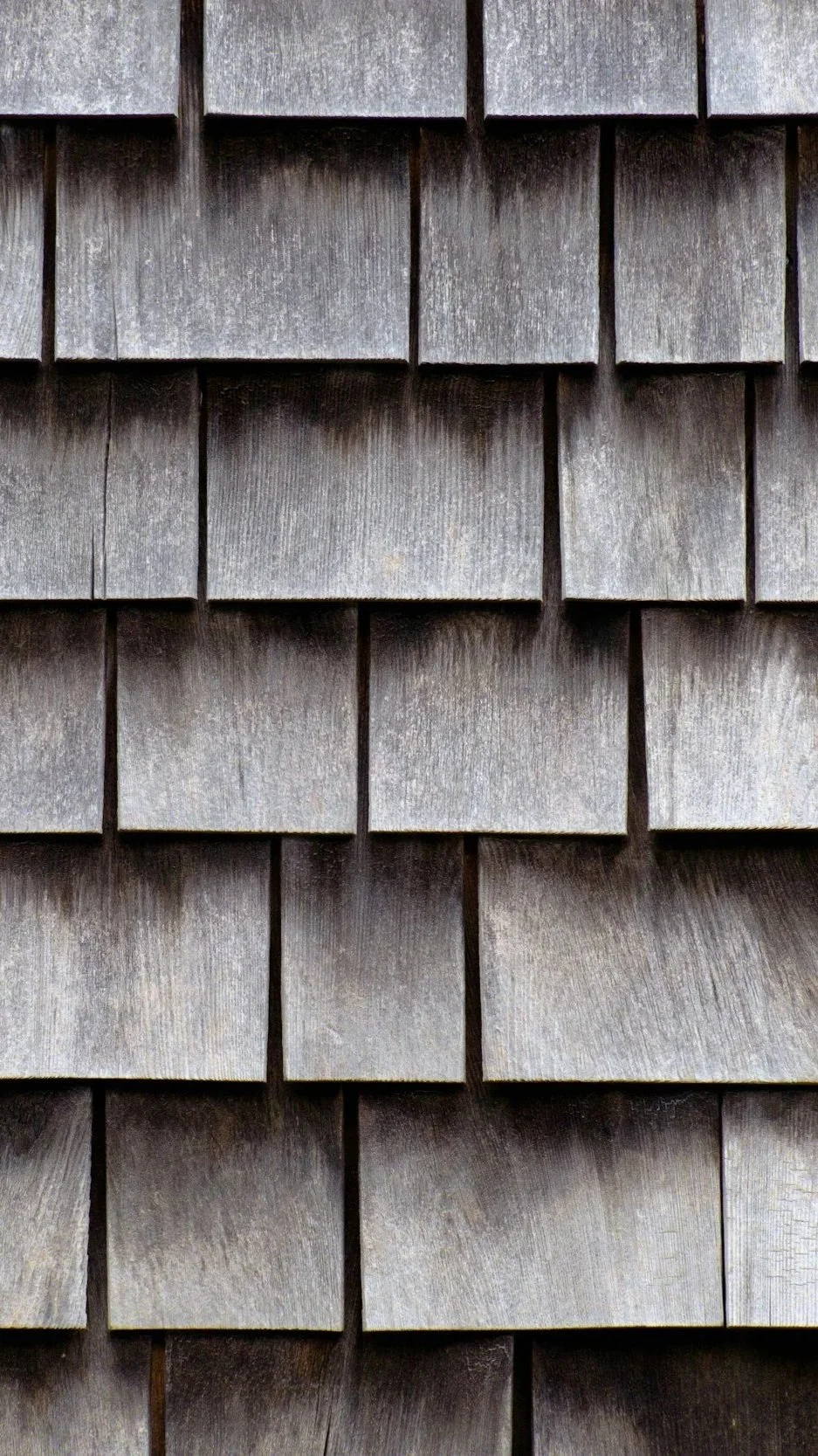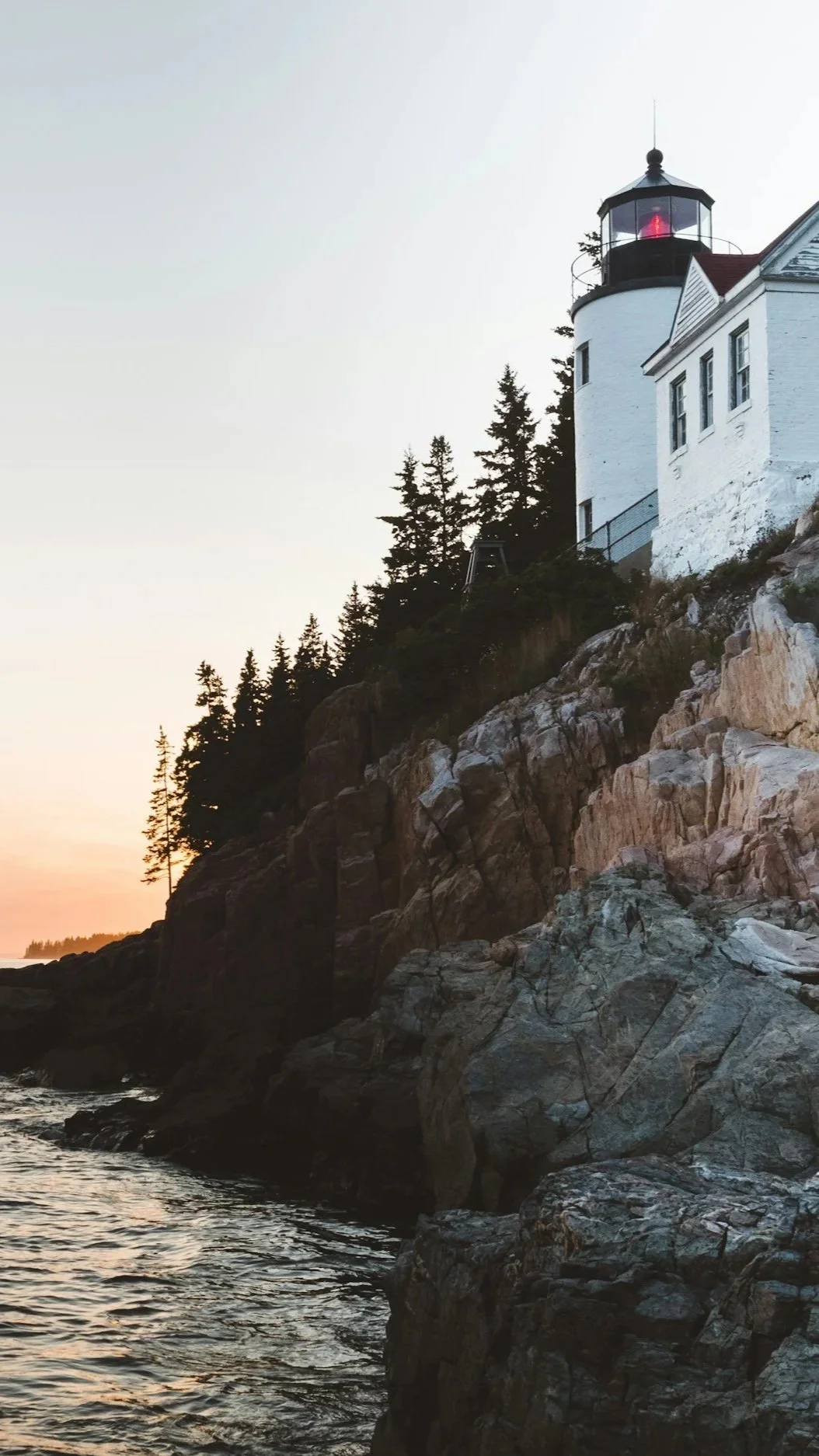5 Surprising Truths About Building a Beach House That Actually Lasts
The dream of owning a home by the sea, with its sweeping views and ocean breezes, has timeless appeal. But the same environment that inspires us also works relentlessly against the structures we build. Salt, humidity, wind, and sun wage a daily battle that can be even more destructive than a single hurricane.
If you want a coastal home that not only survives but thrives, here are five truths you must know before building.
1. The Real Threat Is Salt and Humidity, Not Just Storms
It is easy to picture a hurricane as the ultimate danger, but the biggest enemies are far more subtle. Salt spray corrodes nails, railings, and even hidden structural connections. Constant humidity fuels mold, mildew, and decay. Meanwhile, coastal winds weaken materials over time, and temperature swings cause thermal expansion, leading to cracks and warping. It is the daily assault, not just the rare storm, that determines whether a beach house endures.
2. Wood May Be Charming, but High-Tech Imposters Last Longer
That classic cedar-shingled cottage? Beautiful, yes, but also vulnerable. Even pressure-treated cedar demands constant upkeep. Modern alternatives deliver the same aesthetic without the vulnerabilities.
Fiber Cement (James Hardie, Nichiha): Fire-resistant, pest-proof, and nearly immune to salt spray.
Cellular PVC (NuCedar): Durable enough for fine craftsmanship details, with minimal maintenance.
Sustainable Composites (ACRE): Upcycled, water-resistant, and indistinguishable from real wood.
When it comes to siding, fiber cement in particular stands in a class of its own, replicating wood’s warmth while outperforming it in resilience.
3. Windows Are Your First Line of Defense
In a coastal home, windows are not just about the view. Impact-rated glass combines:
Tempered Glass: Heat-treated for strength, shattering into harmless fragments.
Laminated Glass: A polymer interlayer holds glass together even when cracked.
These windows do more than withstand flying debris. They also reduce noise, improve energy efficiency, block UV damage, and can even lower insurance premiums.
4. Exterior Paint Is a Protective Shield, Not Just a Color
On the coast, paint is chemistry as much as design. Marine-grade coatings protect against UV damage, salt, and humidity.
For Siding: Benjamin Moore Aura® Exterior Paint resists fading and peeling.
For Masonry: Ultra Spec® Elastomeric Coating creates a breathable, waterproof barrier.
The right finish does more than look good—it extends the life of every material beneath it.
5. True Strength Starts Below the Floor
The durability of a beach house begins in its foundation. Coastal sites face shifting sands, erosion, and storm surges. Deep foundations and elevated pilings allow water to pass under the home, safeguarding living spaces above. That elevation is not only for the view, it is the ultimate resilience strategy.
The Bottom Line: Science Protects the Dream
Building a beach house that lasts requires science, engineering, and modern materials—not just tradition. From impact glass to fiber cement siding, every choice should be made with longevity in mind.
If you are considering a coastal home in Maine or New Hampshire, Lindsey Architects specializes in designing residences that are as resilient as they are beautiful. Contact us today to begin creating a home built to thrive by the sea.


